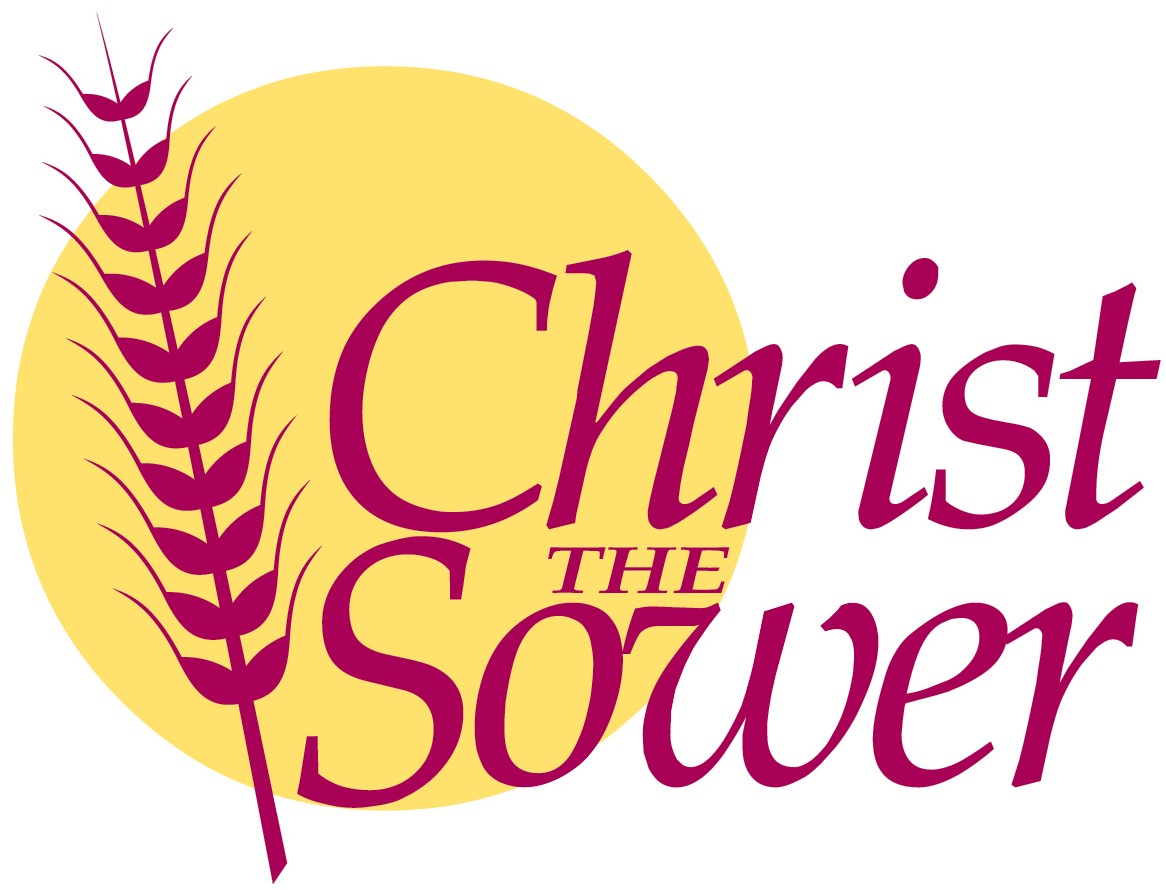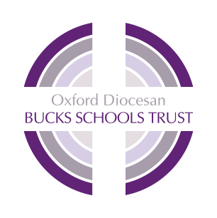- Home
- Our CARE Curriculum
- Our 'CARE' Cultural Curriculum
- Subjects
- History
- Intent, Implementation and Impact
Intent, Implementation and Impact
Intent
We aim to encourage our children to develop an appreciation and understanding of the past by evaluating a range of primary and secondary sources.
History at CTS chronicles, investigates, and explains the past and helps us to better understand the present through reference to records and artefacts left by previous generations. We aim for our children to become confident ‘historians’ and to have the desire that they can one day achieve great things similar to that of the aspirational leaders studied. We aim for the children to be able to explain clearly how these sources give us an insight into how people around the world used to live and how these interpretations may differ and compare. Children will be taught to make links between these areas of learning and others across the curriculum through a themed and topic approach. The recurring themes and concepts within different historical periods build on the challenging and ambitious units of work taught here at CTS.
The aim is to develop engaged, motivated, aspirational and curious learners that can reflect on the past and make meaningful links to the present day, supporting the development and growth in knowledge, through establishing a love for learning and demonstrating the key skills. The National Curriculum states that a high-quality history education will help children gain a coherent knowledge and understanding of Britain’s past and that of the wider world. It should inspire children’s curiosity to know more about the past.’ Thus, Christ the Sower’s History curriculum has been designed to not only cover the skills, knowledge, and understanding set out in the National Curriculum but to ensure we are broadening our topics to cover the diverse range of cultures we love to celebrate here at Cts.
At CTS the teaching of History plays an important part in fulfilling our vision to teach our children to CARE:
- Make choices and understand choices that have been made in the past
- Aspire to achieve and to recognise that we too can achieve great things like those before us.
- Reflect on what we can learn from the past and add to the present to benefit the future
- Engage with society and take responsibility for our impact
Throughout the foundation years, we aim for children to begin to order and sequence some events, as well as start to understand the use of some appropriate vocabulary, linked to how things can be different or similar between themselves and others.
By the end of KS1, we aim for children to be able to identify and recognise why some events have happened and some of the effects these have had on future generations. They should be able to use appropriate vocabulary linked to their learning and sequence of time, as well as be able to have a basis for understanding the concept of chronology. By the end of KS2, we aim for our children to leave Christ the Sower with a secure understanding of chronology, with the ability to link different periods of history. We aim for them to be able to begin secondary school knowing how to analyse and interpret different events and sources of evidence and to make comparisons between these.
We aim to ensure that all of our children develop a secure knowledge and foundations of history.
Our curriculum is organised into an ambitious progression of skills, knowledge, and vocabulary that are coherently sequenced across phases, year groups, topics, and lessons. The progression is then mapped out into individual strands of learning that help children to build on prior knowledge, These strands are as follows: Chronology, Continuity and Change, Cause and Consequence, Historical Vocabulary, Perspectives and Interpretations, and Similarities and Differences.
When covering each of these strands, the content is carefully organised by year group through our curriculum overview. The content knowledge, vocabulary, and skills are then planned in greater detail within the half-termly plans by class teachers.
Implementation
History is delivered through subject-specific teaching organised into blocks under a theme. Meaningful links with other subjects are made where relevant, to strengthen connections and understanding for children.
History is taught as a discrete subject, in topics that link to the overall learning of the half-term. Each topic begins with finding out what we already know and what the children would like to know, which helps teachers plan for learning and gaps.
The teaching, learning, and sequencing of the History curriculum follow:
- A blocked curriculum approach has been implemented to ensure coverage and progression in all skills relating to History.
- Each half-term has a History or Geography focus with each topic consisting of 5 weeks of teaching and learning opportunities.
- In KS1, the Historical skills will focus on the world around them and their living memory of History before moving to events that go beyond living history. This will ensure a firm foundation for KS2 History.
- In KS2, the History curriculum is set out in chronological order to allow children to reference the previous events in time and to refer to this prior learning year-on-year and within the year.
- The progression of skills is set out to build and develop the following:
- Chronology
- Continuity and Change
- Cause and Consequence
- Historical Vocabulary
- Perspectives and Interpretations
- Similarities and Differences
- Children are taught the sequence of skills and knowledge that are the components of a composite outcome.
- Lessons will develop long-term memory by allowing for repetition of learning within the year and year-on-year.
- The use of working walls to aid the children's understanding and recapping of what they have already learned. They also allow teachers some insight into the children’s enquiry.
- Tier 2 and 3 vocabulary are taught within the unit and reinforced throughout the year.
- Where possible the teaching of History is enriched through exploring links with other areas of the curriculum, such as English, Art, and DT to engage the children in their learning, as well as trips and visits.
- SMSC and British Values are threaded through the History curriculum to link history to their lives and explore their heritage and cultural capital, through the use of the school CARE values.
- All children work on the same learning intentions, and as necessary the learning is scaffolded to adapt the learning to make it accessible for all children.
Impact
Progression in History at CTS is demonstrated through the different expectations at each key stage. Teachers assess children’s progress in History throughout the different topics. Occasionally, work in History will be used for assessment in other curriculum areas such as Reading, Writing, and Maths, for example, letters, diary entries, and postcards. Equally, work within children’s English books can be used to assess the understanding of the topic through extended pieces of writing and this can demonstrate the key vocabulary being used. Children are assessed through the work in their books, creative work, a range of open and closed questioning, individual and group work, self-assessment, and their contributions to lessons.
The following expectations are based on the national curriculum outcomes for 7 yr old being the expectation for most children at the end of key stage 1. By the end of year 2, most children will attain the national curriculum outcomes for 7 yr old and will be able to:
- show an awareness of the past,
- use common words and phrases relating to the passing of time.
- where the people and events they study fit within a chronological framework
- identify similarities and differences between ways of life in different periods.
- use a wide vocabulary of everyday historical terms.
- ask and answer questions, choosing and using parts of stories and other sources to show that they know and understand key features of events.
- understand some of how we find out about the past and identify different ways in which it is represented.
-
Below are the following statements that are the expectations as outlined in the national curriculum for the majority of children at the end of key stage 2.
By the end of year 6, most children will attain the age-related expectations for 11-year-olds and will be able to:
- demonstrate a chronologically secure knowledge and understanding of British, local, and world history,
- establishing clear narratives within and across the periods they study.
- note connections, contrasts, and trends over time
- develop the appropriate use of historical terms.
- address and sometimes devise historically valid questions about change, cause, similarity and difference, and significance.
- construct informed responses that involve thoughtful selection and organisation of relevant historical information.
- understand how our knowledge of the past is constructed from a range of sources.
-
Across the primary phase children will be taught about:
- changes in Britain from the Stone Age to the Iron Age
- the Roman Empire and its impact on Britain
- Britain’s settlement by Anglo-Saxons and Scots
- the Viking and Anglo-Saxon struggle for the Kingdom of England to the time of Edward the Confessor
- a study of an aspect or theme in British history that extends children’ chronological knowledge beyond 1066 – The Great Fire of London, Space Race and Victorian life.
- the achievements of the earliest civilizations – an overview of where and when the first civilizations appeared and a depth study of Ancient Egypt.
- Ancient Greece – a study of Greek life of achievements and influence
- a non-European society that provides contrasts with British history –including a study of the Kingdom of Benin and impact of immigration.
- a local history study – Bletchley Park, the codebreakers.
-
Wider impact of History
Language and communication
Children develop language skills by:
- exploring ideas about the focus of their work using specific and historical vocabulary.
- asking and answering questions about source materials and how these help them to develop their ideas, including recording ideas and annotating materials in the history books;
- finding out about historical periods, characters and events by extracting information from sources such as reference books, e-mails and the internet.
- discussing and comparing their own and others' ideas and research and explaining their own views.
-
Values and attitudes
Children have opportunities in history to:
- consider their own attitudes and values in relation to events and source materials and learn to challenge assumptions, stereotypes and prejudice in written, visual and other forms;
- develop respect for their own and others' ideas and learn how to offer and receive constructive feedback and praise;
- work with others, listening to and respecting each other's ideas and learning to value different strengths and interests within the group;
- develop a respect for the materials and resources that they use in their work and learn to evaluate critically their own and others' use of these;
- value the historical ‘landscape’, including the distinctiveness of their locality, and learn to evaluate critically the role and impact of history within it.

